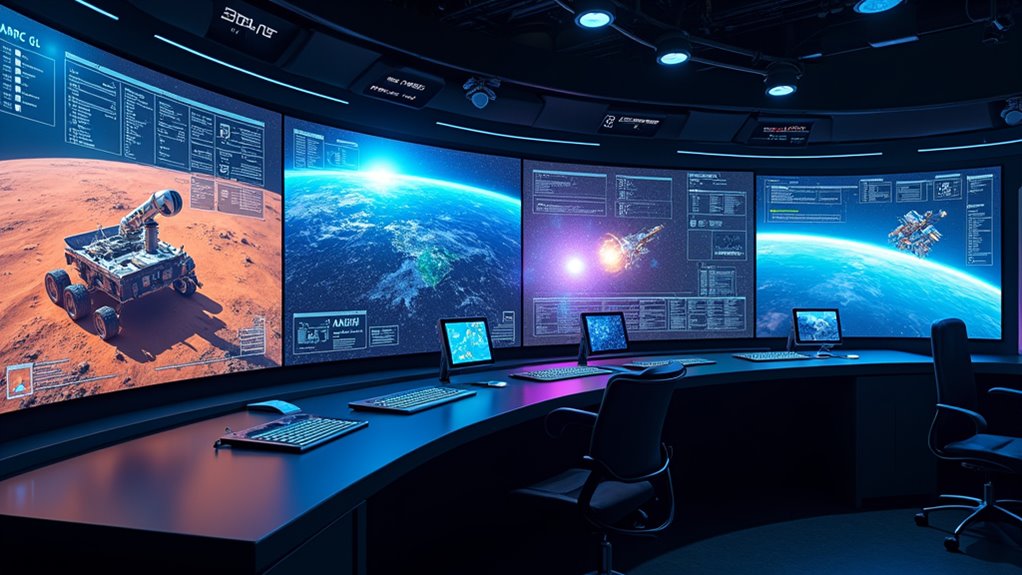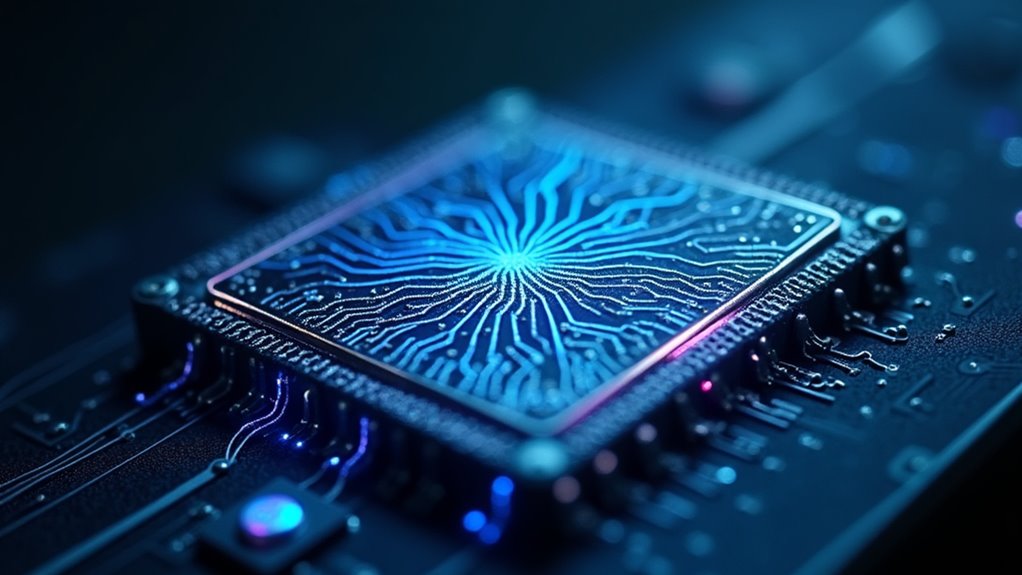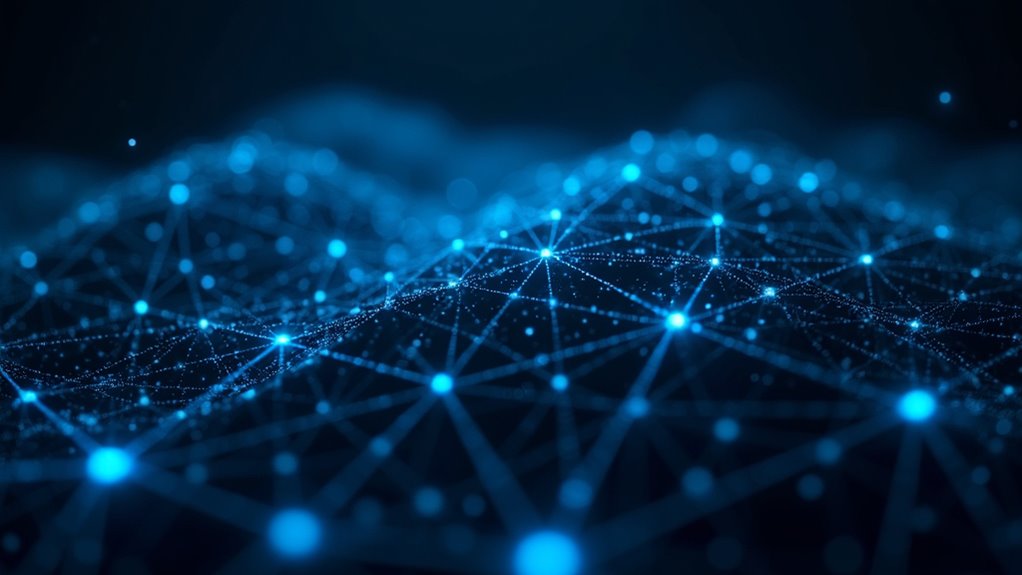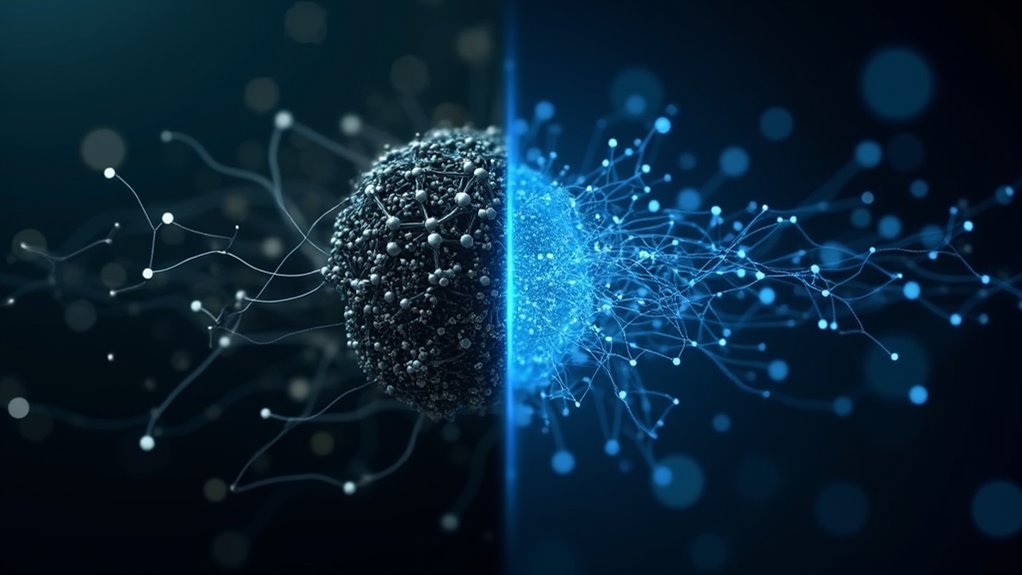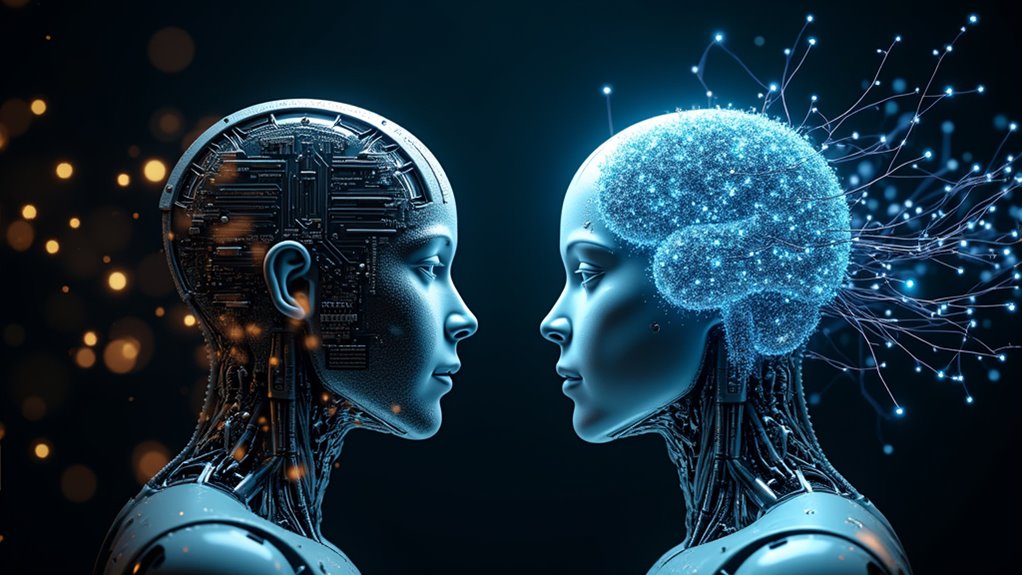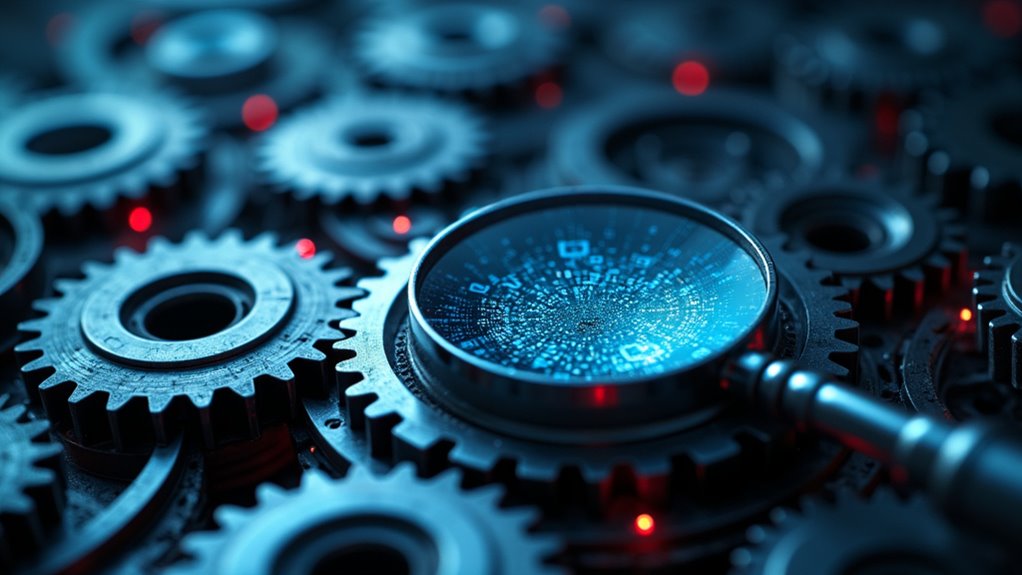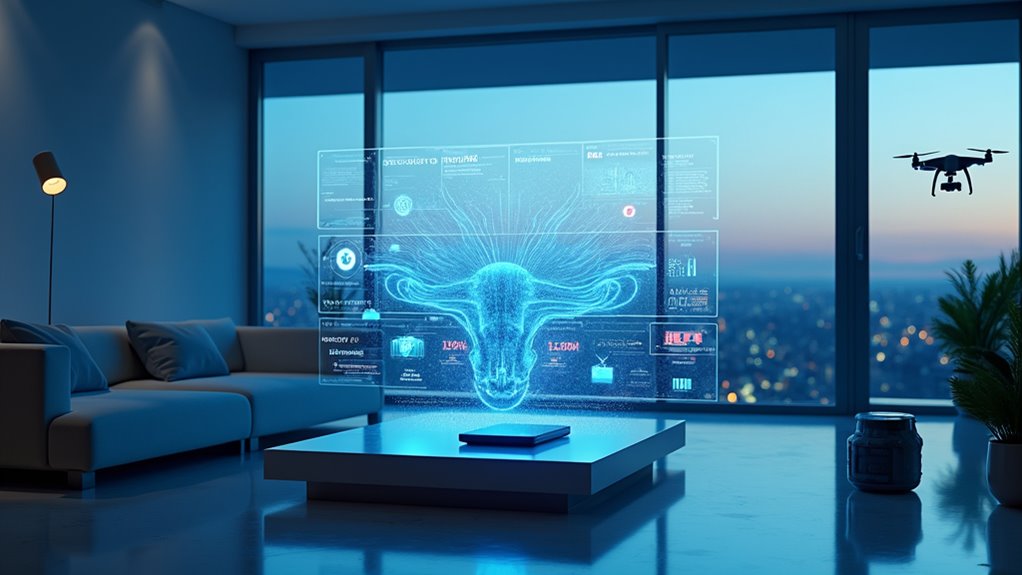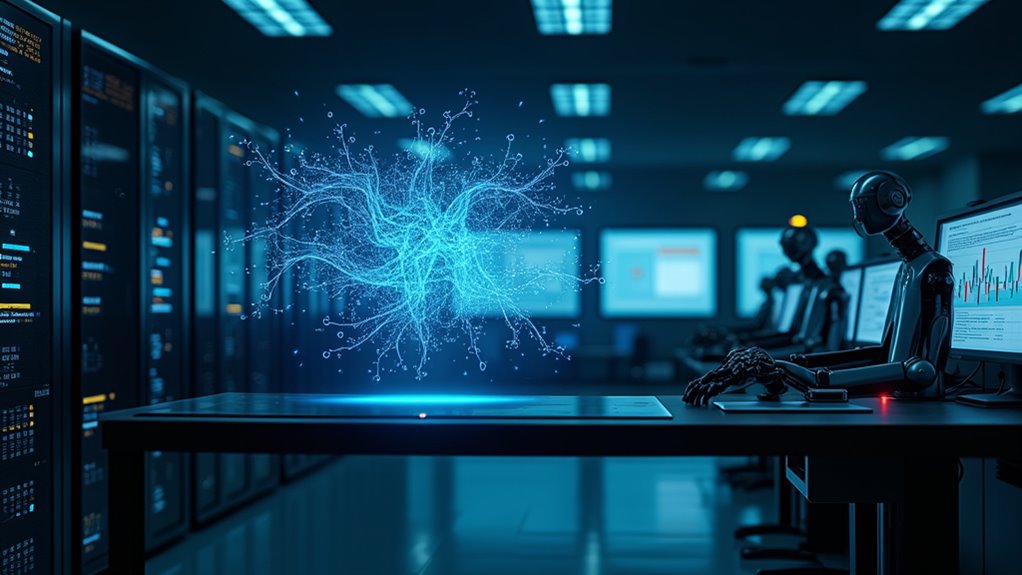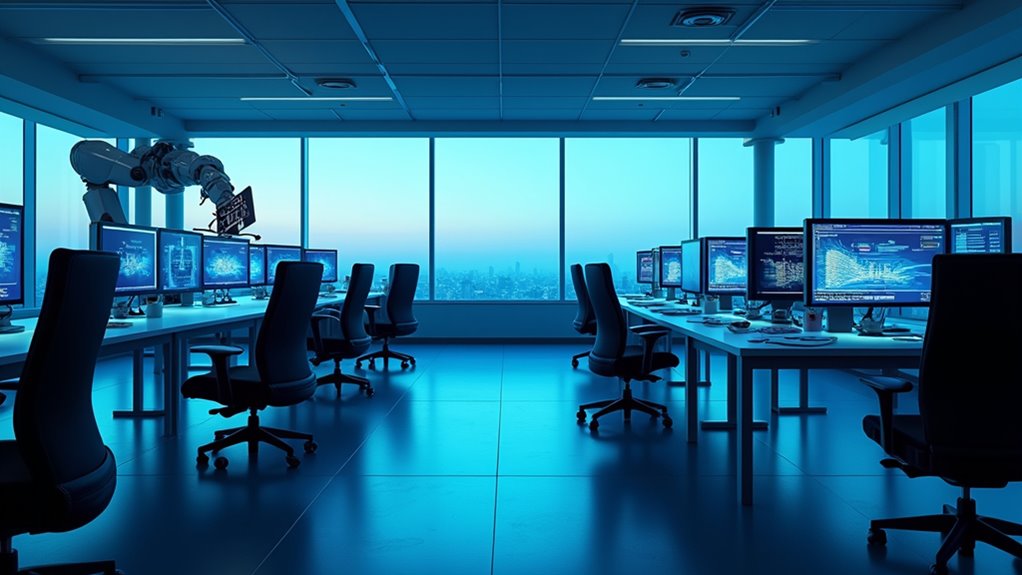Artificial intelligence is completely reshaping how humans explore space. AI systems now manage critical operations on the International Space Station, guide rovers across Mars, and process mind-boggling amounts of astronomical data. These smart machines are training astronauts, predicting space weather, and making split-second decisions during communication delays with Earth. They’re even discovering new exoplanets by sifting through data from billions of galaxies. The cosmic frontier just got a whole lot smarter.
While humans dream of reaching the stars, artificial intelligence is already revolutionizing space exploration in ways that would make science fiction writers blush. From training astronauts in mind-bendingly realistic simulations to helping rovers navigate the treacherous Martian terrain, AI is the unsung hero of modern space missions.
And let’s be honest – it’s doing a far better job than we humans ever could at processing the avalanche of data coming from our space endeavors. Located at ESA’s European Astronaut Centre in Cologne, this groundbreaking AI technology is transforming how we approach space exploration.
Think about it: AI is now handling tasks that would take humans years to complete. It’s sifting through massive amounts of astronomical data, spotting exoplanets like a cosmic detective, and predicting space weather patterns that could wreak havoc on our missions. The machines aren’t just crunching numbers – they’re making real-time decisions that keep our astronauts alive and our spacecraft functioning. Advanced algorithms are analyzing data from 200 billion galaxies to help astronomers determine the most promising areas to observe.
AI isn’t just our cosmic calculator – it’s becoming Mission Control’s ace detective, lifeguard, and fortune teller rolled into one.
Up on the International Space Station, AI systems are working overtime. They’re managing life support systems, monitoring spacecraft health, and even helping with maintenance tasks.
Digital twins – basically sophisticated virtual copies of real systems – are simulating everything from equipment failures to orbital maneuvers. It’s like having a crystal ball, except this one actually works.
The robots are getting smarter too. AI-powered mechanical arms are performing repairs in space, while autonomous rovers are exploring planetary surfaces without waiting for instructions from Earth.
Gone are the days of micromanaging every single spacecraft movement from ground control. These systems can now think for themselves, adapt to unexpected situations, and make split-second decisions when communication delays make Earth-based control impossible.
Looking ahead, AI will be absolutely essential for those ambitious missions to Mars and beyond. It’ll help manage psychological support for astronauts on long-duration flights (because space madness is definitely a thing), assist with terraforming operations, and enable spacecraft to operate independently for years at a time.
The future of space exploration isn’t just about rockets and spacewalks – it’s about artificial intelligence making the impossible possible.
